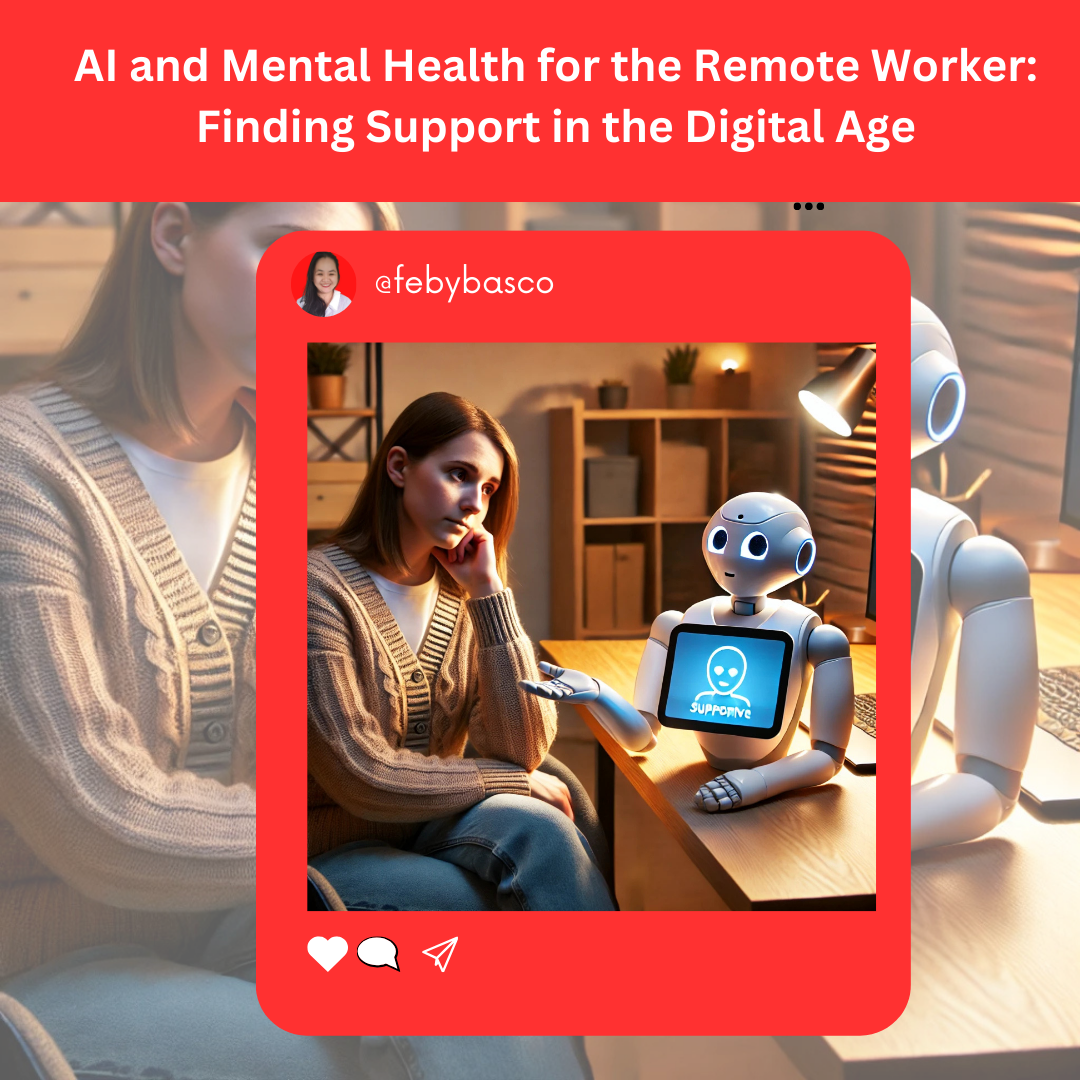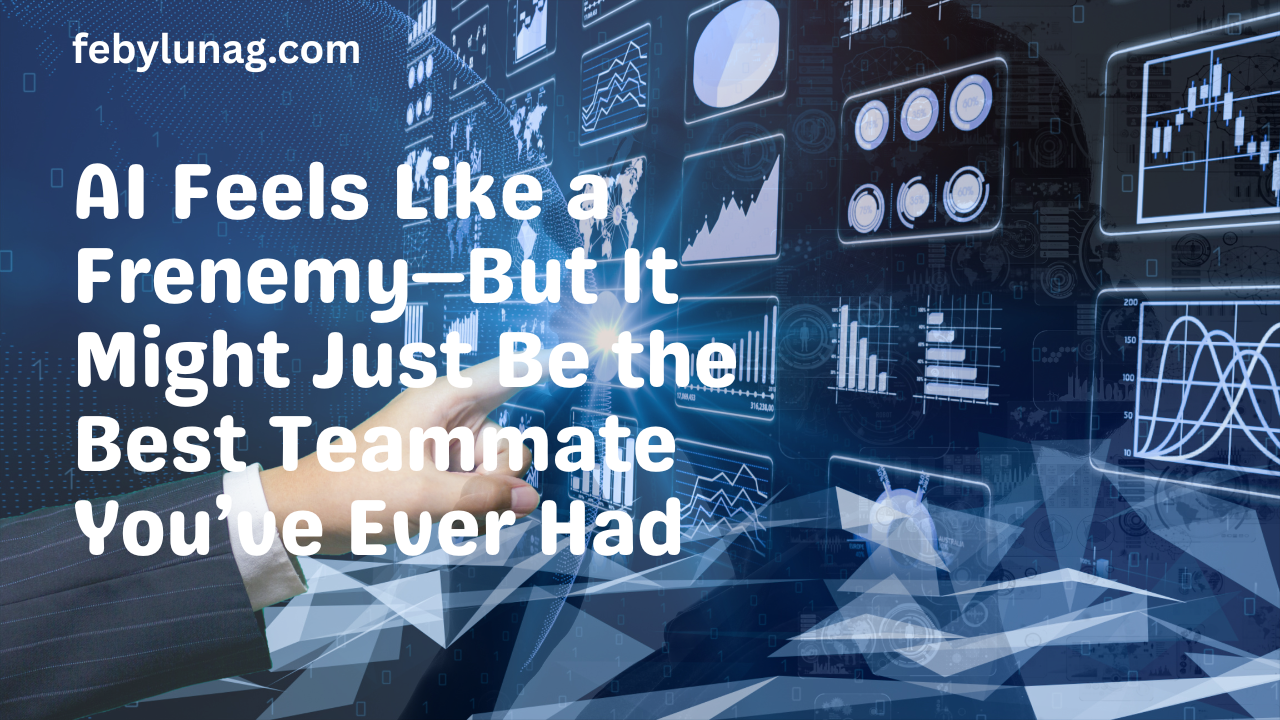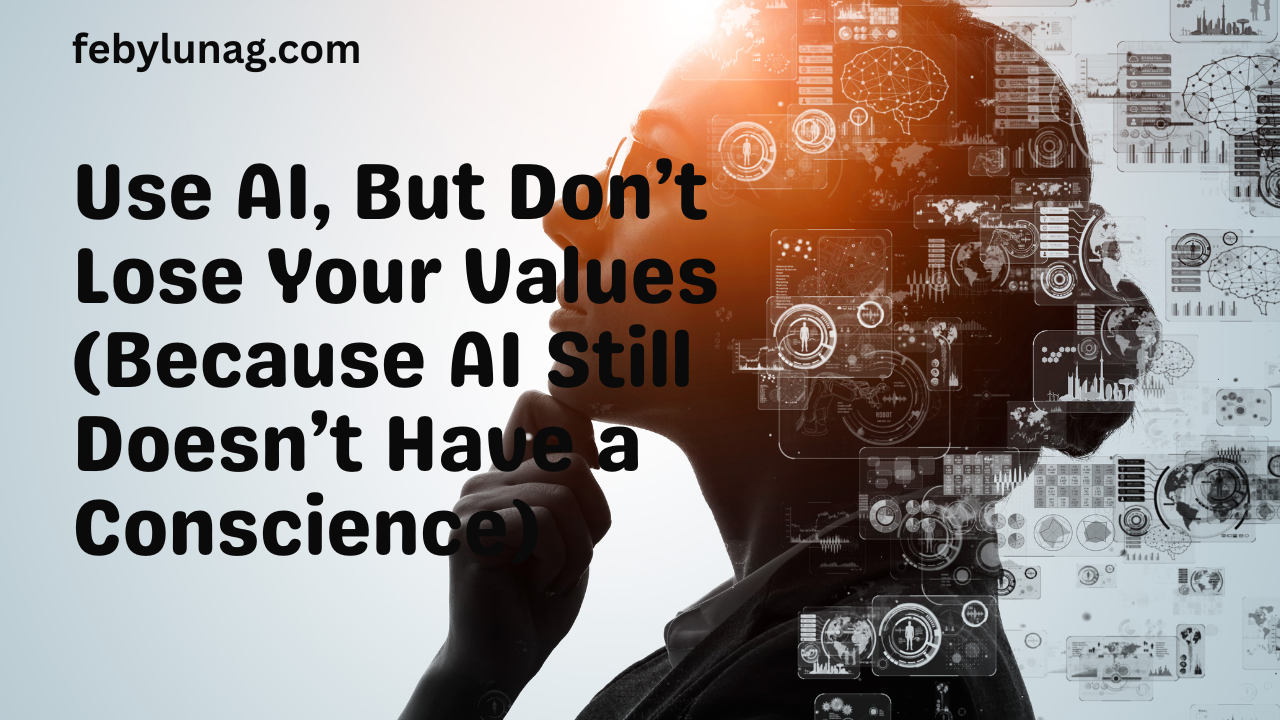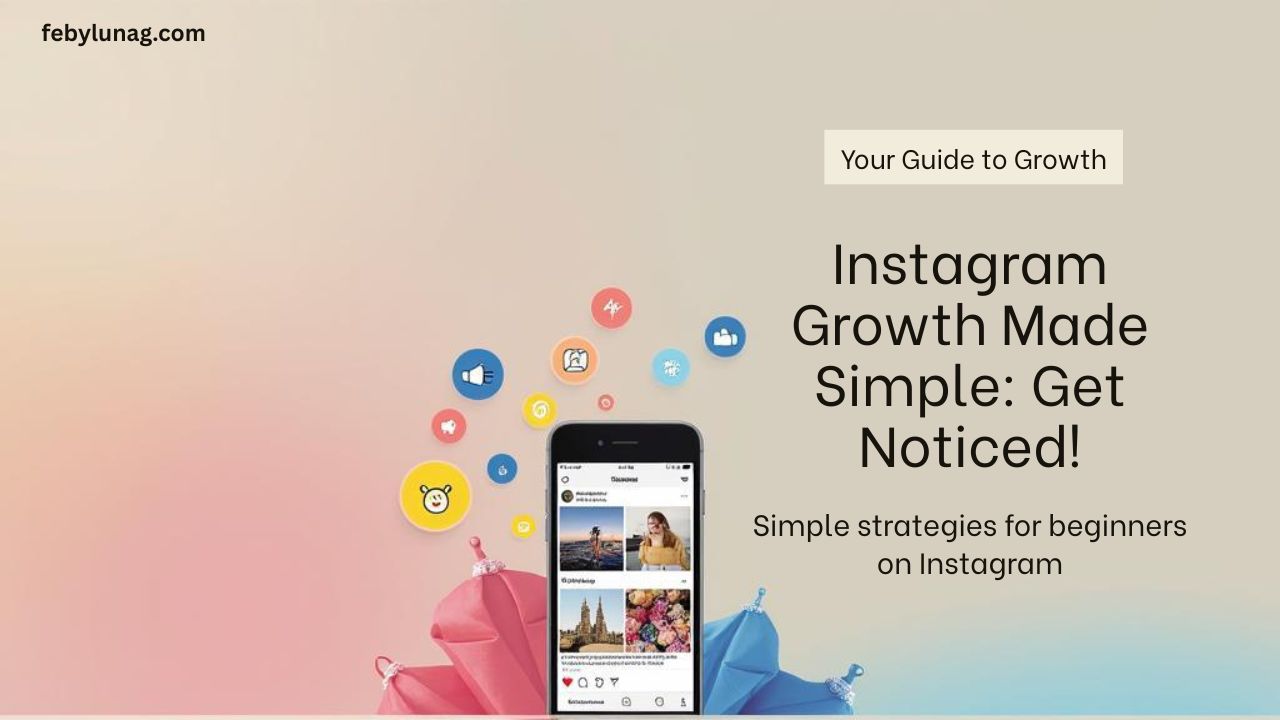The rise of remote work has brought undeniable benefits: flexibility, autonomy, and often, a better work-life balance. However, it also presents unique challenges to mental well-being. Isolation, blurred boundaries between work and personal life, communication difficulties, and the constant pressure of being “always on” can take a toll. Fortunately, the same technology that enables remote work is also offering new solutions for mental health support. Artificial intelligence (AI) is playing an increasingly significant role in providing accessible, affordable, and personalized mental health assistance to remote workers.
This blog post explores how AI is being integrated into mental health apps and programs, specifically targeting the needs of the remote workforce. We’ll look at different types of AI-powered tools, their benefits and limitations, and specific examples of apps that are making a difference.
The Unique Mental Health Challenges of Remote Work
Before diving into the solutions, it’s crucial to understand the specific mental health challenges that remote workers face:
- Isolation and Loneliness: Lack of regular, in-person interaction with colleagues can lead to feelings of isolation and loneliness, impacting mood and motivation.
- Blurred Boundaries: Working from home can make it difficult to switch off, leading to overwork, burnout, and difficulty relaxing.
- Communication Challenges: Misunderstandings and communication breakdowns can occur more easily in a virtual environment, leading to stress and frustration.
- Lack of Structure and Routine: The absence of a traditional office environment can disrupt routines, making it harder to stay focused and productive.
- Increased Screen Time: Constant exposure to screens can lead to eye strain, headaches, and sleep disturbances, all of which can negatively impact mental health.
- “Always On” Culture: The expectation of constant availability can create pressure and anxiety, making it difficult to disconnect from work.
- Difficulty Accessing Traditional Support: Remote workers may have limited access to traditional mental health services, such as in-person therapy.
- Ergonomics issue: back problems can cause mental stress.
How AI is Transforming Mental Health Support
AI is being integrated into mental health solutions in several ways:
- Personalized Recommendations and Interventions: AI algorithms can analyze user data (e.g., mood logs, activity levels, sleep patterns) to provide personalized recommendations for coping strategies, exercises, and resources.
- Chatbots and Virtual Therapists: AI-powered chatbots can provide 24/7 support, offer guided meditations, teach coping skills, and even simulate therapeutic conversations.
- Mood Tracking and Analysis: AI can track mood patterns over time, identify triggers, and alert users to potential issues before they escalate.
- Early Detection of Mental Health Issues: AI can analyze language patterns, social media activity, and other data to detect early signs of depression, anxiety, or other mental health conditions.
- Gamification and Engagement: AI can make mental health support more engaging through gamified challenges, rewards, and personalized feedback.
- Accessibility and Affordability: AI-powered tools are often more affordable and accessible than traditional therapy, making mental health support available to a wider range of people.
- Natural Language Processing: Understanding what the concern is.
Types of AI-Powered Mental Health Tools for Remote Workers
| Tool Type | Description | Benefits | Limitations | Examples |
|---|---|---|---|---|
| AI Chatbots/Virtual Assistants | Provide 24/7 support, offer guided meditations, teach coping skills, and simulate therapeutic conversations using natural language processing (NLP). | Immediate access to support, anonymity, cost-effective, personalized guidance. | Cannot replace human therapists, may not be suitable for complex mental health issues, potential for misinterpretation or inappropriate responses, data privacy concerns. | Woebot, Wysa, Youper, Tess |
| Mood Tracking Apps | Allow users to log their mood, activities, and other relevant data. AI algorithms analyze this data to identify patterns, triggers, and provide personalized insights. | Increased self-awareness, early detection of potential issues, objective data to share with therapists. | Relies on user input (may be inconsistent), accuracy of AI analysis can vary, potential for over-reliance on the app, not a substitute for professional diagnosis. | Daylio, Moodpath, Reflectly |
| Mindfulness & Meditation Apps | Use AI to personalize meditation recommendations, track progress, and provide feedback on mindfulness practice. | Reduced stress and anxiety, improved focus and concentration, increased self-awareness, accessible and convenient. | May not be effective for everyone, requires consistent practice, some apps offer limited free content, potential for distraction from the app itself. | Headspace, Calm, Insight Timer |
| Cognitive Behavioral Therapy (CBT) Apps | Deliver CBT techniques through interactive exercises, modules, and chatbots. AI can personalize the program based on user needs and progress. | Structured approach to managing negative thoughts and behaviors, evidence-based techniques, accessible and affordable. | May not be suitable for all mental health conditions, requires active participation, potential for oversimplification of complex issues, lack of human connection. | Moodgym, Bloom, Sanvello |
| Biofeedback Apps | Uses sensors (often connected to a smartphone) to measure physiological data (e.g., heart rate variability, skin conductance). AI analyzes the data and provides feedback. | Increased awareness of physiological responses to stress, real-time feedback, can be used in conjunction with other techniques (e.g., meditation). | Requires additional hardware (sensors), may not be accurate for all users, potential for misinterpretation of data, can be expensive depending on the hardware. | Elite HRV, HeartMath Inner Balance |
| Employee Assistance Programs integrated with AI. | Offers counselling and other programs. | Accessible through the company. | May not be confidential. | Optum, TELUS Health |
Specific Examples of AI-Powered Mental Health Apps:
- Woebot: An AI chatbot that uses CBT principles to help users manage anxiety and depression. It offers daily check-ins, mood tracking, and guided exercises.
- Wysa: Another AI chatbot that provides emotional support, mindfulness exercises, and CBT techniques. It’s particularly good for managing stress, anxiety, and sleep problems.
- Youper: An AI-powered “emotional health assistant” that uses CBT, Acceptance and Commitment Therapy (ACT), and mindfulness to help users track their mood, identify negative thought patterns, and develop coping skills.
- Headspace: A popular meditation app that uses AI to personalize meditation recommendations based on user preferences and goals.
- Calm: Another meditation and mindfulness app that offers guided meditations, sleep stories, and breathing exercises. AI helps personalize the experience.
- Moodpath: A mood tracking app that uses AI to analyze mood patterns and provide personalized insights and recommendations.
- Reflectly: A journaling app that uses AI to analyze journal entries and provide feedback on emotional well-being.
- Sanvello: An app that offers CBT-based techniques, mindfulness exercises, and community support for managing stress, anxiety, and depression.
- Talkspace & BetterHelp: These are not AI-driven in their core therapy sessions (they connect you with licensed human therapists), but they utilize AI for matching users with appropriate therapists based on their needs and preferences. They also use AI for administrative tasks like scheduling and billing, which can make accessing therapy more convenient.
Benefits of AI-Powered Mental Health Tools for Remote Workers:
- Accessibility: Available 24/7, regardless of location.
- Affordability: Often less expensive than traditional therapy.
- Anonymity: Can be used without revealing identity, reducing stigma.
- Personalization: Tailored to individual needs and preferences.
- Convenience: Can be used anytime, anywhere, fitting into busy schedules.
- Early Intervention: Can detect potential issues before they escalate.
- Supplement to Traditional Therapy: Can be used alongside in-person therapy.
Limitations and Ethical Considerations:
- Not a Replacement for Human Therapists: AI tools should be seen as a supplement to, not a replacement for, professional mental health care, especially for serious mental health conditions.
- Data Privacy and Security: Users should be aware of how their data is being collected, used, and stored. Choose apps with strong privacy policies.
- Accuracy and Reliability: AI algorithms are not perfect, and their accuracy can vary.
- Bias: AI models can reflect biases present in the data they are trained on, potentially leading to unfair or discriminatory outcomes.
- Lack of Human Connection: Some users may miss the empathy and understanding that comes from interacting with a human therapist.
- “Black Box” Problem: It can be difficult to understand how AI algorithms make decisions, which can raise concerns about transparency and accountability.
- Over-reliance: Need to remember this should be used with other methods.
Conclusion: Embracing the Potential, Proceeding with Caution
AI has the potential to revolutionize mental health support for remote workers, making it more accessible, affordable, and personalized. However, it’s crucial to approach these tools with a balanced perspective, understanding both their benefits and limitations. AI-powered mental health apps can be valuable resources for managing stress, anxiety, and other common challenges of remote work, but they should not be seen as a substitute for professional help when needed. As AI technology continues to evolve, we can expect even more innovative and effective solutions to emerge, further bridging the gap between remote workers and the mental health support they need. By carefully considering the ethical implications and focusing on responsible development and deployment, we can harness the power of AI to create a healthier and more supportive work environment for everyone, regardless of location. The key is to view these tools as part of a holistic approach to mental well-being, which also includes healthy lifestyle choices, social connection, and seeking professional help when necessary.







Leave a Reply